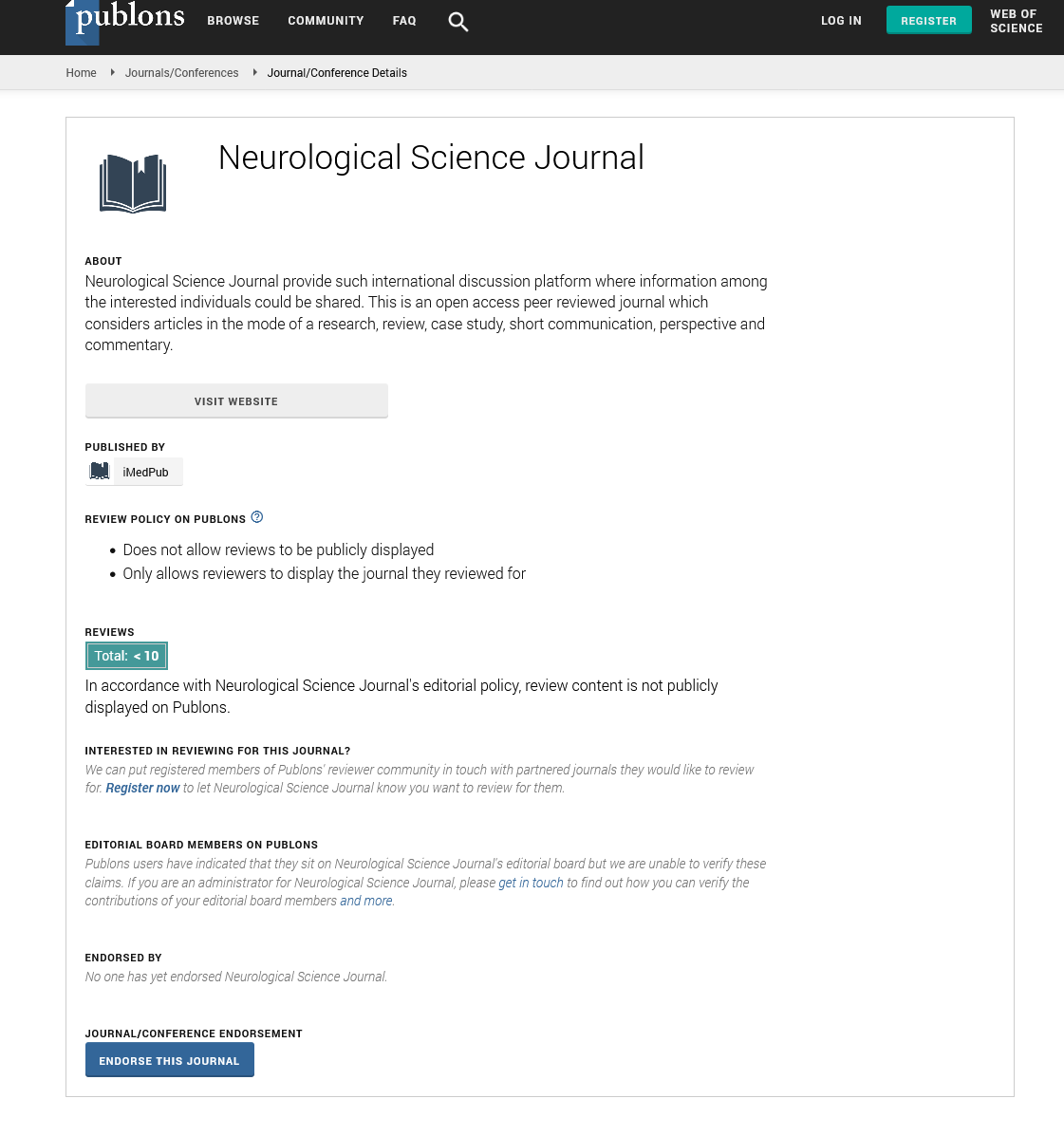Abstract
Esthesioneuroblastoma
Esthesioneuroblastoma or olfactory neuroblastoma (ENB) is a neuroectodermic malignant tumor derived from the olfactory epithelium of the nasal cavity and paranasal sinuses mucosa. It can extend to the superior third of the nasal septum, anterior floor, and intracranial compartment. This article presents the institutional experience and the prognosis of patients with the diagnosis of esthesioneuroblastoma. Patient and Methods: Retrospective and prospective study that includes 24 patients with esthesioneuroblastoma. Treatment was based on surgery with posterior radiotherapy and/or chemotherapy in a period comprehended between October 2009 and September 2019 at our institute. Overall survival (OS) was compared with Kaplan-Meier plots and Log Rank test depending on the treatment, histologic grade, and staging. Results: 23 patients were included. Just one was excluded because of incomplete records. Mean age was 51.1 ± 14.3, 11 men (47.8%), 12 were female (52.2%). The most common initial symptom was a nasal obstruction in 8 patients, followed by epistaxis and rhinorrhea in 5 patients (21.7%). Ten patients had low-grade esthesioneuroblastoma (LGENB) (43.4%) and 13 high-grade esthesioneuroblastoma (HGENB) (56.5%). The mean accumulated OS was of 86.4 months. ENB is an infrequent malignant pathology with highly nonspecific symptomatology that delays diagnosis, usually achieved with advanced neuroimaging. Treatment is still controversial. In accordance with international publications, total gross resection is beneficial. Nonetheless, there is still no standardized protocol for adjuvant treatment with radiotherapy, and there is no recommended scheme for routine chemotherapy. It is necessary to perform prospective analyses to establish the best standard of care for this entity.
Author(s): Soto-Ramirez Adan
Abstract | Full-Text | PDF
Share This Article
Google Scholar citation report
Citations : 11
Neurological Science Journal received 11 citations as per Google Scholar report
Neurological Science Journal peer review process verified at publons
Abstracted/Indexed in
- Google Scholar
- Publons
Open Access Journals
- Aquaculture & Veterinary Science
- Chemistry & Chemical Sciences
- Clinical Sciences
- Engineering
- General Science
- Genetics & Molecular Biology
- Health Care & Nursing
- Immunology & Microbiology
- Materials Science
- Mathematics & Physics
- Medical Sciences
- Neurology & Psychiatry
- Oncology & Cancer Science
- Pharmaceutical Sciences
